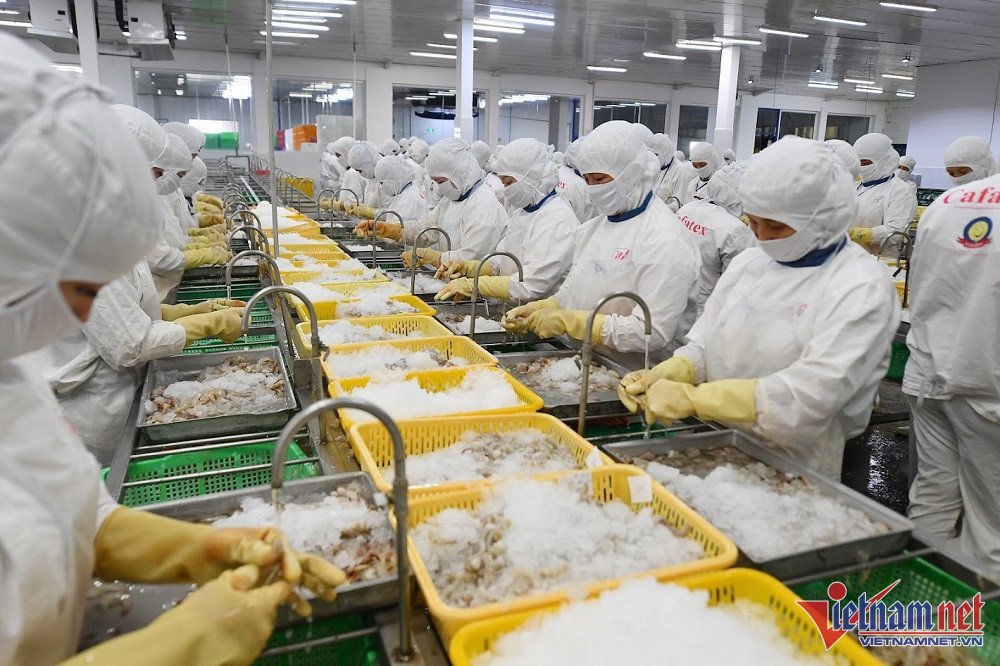
The Da Nang-based Thuan Phuoc Seafood and Trade JSC expects to earn $135 million in 2022 and in 2023. Its chairman Tran Van Linh said the figure is 35 percent up over 2021.
Ho Quoc Luc, chairman of Sao Ta Food JSC in Soc Trang province, used the word ‘spectacular’ to describe the seafood industry’s success this year. However, he noted that enterprises need to restructure, better administer their stocks, and invest in key products amid the current limited credit available.
“Despite difficulties, I believe that in 2023, Vietnam’s shrimp export revenue won’t be lower than in 2022,” Luc said.
Nguyen Thi Thu Sac, deputy chair of the Vietnam Association of Seafood Exporters and Producers (VASEP), after five years of facing EC’s yellow cards, said that the government, enterprises, fishing boats and fishermen now have new views. Switching to aquaculture is a necessity.
The vision and strategy by 2030 for Vietnam’s seafood industry needs joint efforts of involved parties to reach the finish line. To solve the problem, state management agencies need to strengthen the industry’s capability. With determination from the government and business community, the yellow card will soon be removed, she said.
Tran Dinh Luan from MARD said that Vietnam aims for marine farming, especially industrial marine farming.
Input costs will decrease and emissions will decrease, while environmental protection will improve. More importantly, people’s lives improve, thus successfully implementing the seafood development strategy by 2030 approved by the Prime Minister.
Deputy Minister of MARD Phung Duc Tien said under the seafood aquaculture strategy, output would be 7 million per annum from now to 2030. The figure was 4.7 million tons a month in January-November 2022, up by 71.7 percent year on year.
Tam An